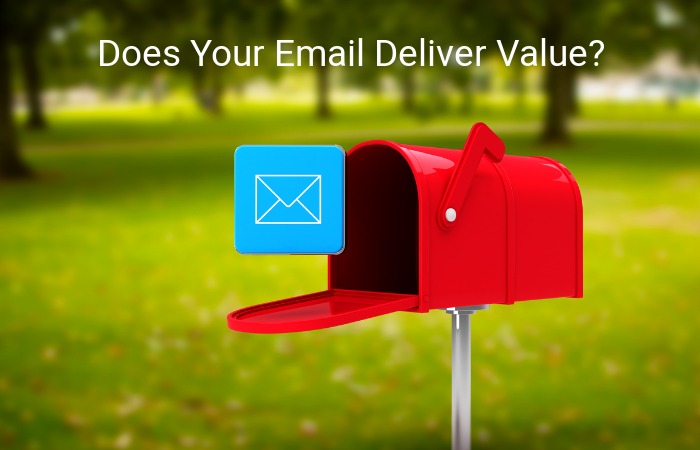Email Service Providers (ESPs) are changing their mailing rules in response to how Internet Service Providers (ESPs) recognize and handle spam. ISPs have begun evaluating the quality of a sender’s IP address based on the engagement score of the email address they are mailing to.
This means that an ISP (like gmail, for example) could potentially view a sender’s email as spam based on how many of your contacts open their emails from you. Since email has long been a cost-effective and major tool for reaching clients, marketing teams must respond strategically to this change if they want to continue reaching clients through email.
Engagement
“Engagement” describes how actively a contact on your list interacts with the emails you send. There are a few different ways that ESPs can measure a contact’s engagement.
Engagement scores go up any time a contact:
- Opens an email
- Follows a link
- Visits a tracked site or link
- Sends an email to — or replies to an email from — an IMAP synced user mailbox
An ESP might assign a numerical score to describe the various levels of contact engagement for each individual on a given list. This numerical score ranks each contact as “engaged,” “at risk,” or “unengaged.” Once a contact is marked as unengaged, they can no longer receive any emails.
It is essential, for the sake of your server reputation, that emails are not sent to unengaged contacts. If unengaged contacts receive emails from you, then an ISP could identify your domain as spam. This means that your emails could make it through to none of the contacts on your list — even the contacts who are fully engaged.
How Should Your Marketing Team Respond?
 How should your marketing team and ESP respond to this change? And what strategies should they adopt to avoid being labeled as spammers?
How should your marketing team and ESP respond to this change? And what strategies should they adopt to avoid being labeled as spammers?
First, there are some email best practices that your marketing should use regardless of this change. Now more than ever, your sender domain reputation is vital for the health of your email marketing campaigns.
ISPs have the ultimate and final control over which emails get sent to your contacts’ inbox and which emails (and senders) are labeled as spam. And once your domain reputation is damaged, your emails will be flagged regardless of which ESP you choose.
Best Practices
The most important step in maintaining, improving, or recovering your domain reputation is immediately deleting unengaged contacts from your lists. This helps ensure that those contacts who want to receive your content (and are engaged with your content) are getting your emails to their inbox.
Here are some other tips from the ESP SharpSpring to keep in mind:
- Use email authentication protocols such as DKIM, SPF, and DMARC
- Use dynamic content to personalize your email marketing per recipient
- Segment your leads to strategically target similar recipient groups
- Make sure your content provides value to the recipient
One more practice to keep in mind might seems counter-intuitive to some marketing email strategies — that is, less is more. However, sending a lower volume of emails will help achieve a higher percentage of clicks and engagement.
Also, if a contact’s engagement score decreases with each unopened email, then sending a flurry of emails will only hasten the process of that contact becoming unengaged. Instead, focus on sending relevant, intriguing, and reasonably spaced emails to engaged clients. It is not in your marketing best interest to carelessly fish with a broad net!






